The most recent move that the Whitney Museum has endured is its latest escapade that started in the year of 2010 when Renzo Piano’s design began to be constructed. It resides next to the High Line and patrons from both places are visible to each other. This creates a non-verbal interaction between people; like an extreme version of people watching people. Regardless of its placement, being set among plenty of other larger buildings, it still somehow instills an interplay of inside and outside spaces. The museum is 200,000 square feet which is massive compared to the 82,000 square foot predecessor. The exterior is clad in blue-grey steel panels that reflect and mirror the sky. In the right time of day the building can blend in with its surroundings and become transparent against the sky.
Once you enter the building you are invited by the museum’s shop; which sells books, prints, pins, other kinds of tchotchkes, etc. The elevators are to side; raising people up to the top floor leaving them to walk their way down. I started on the eighth floor and watched as the sun gently poured in through large windows. The light filled the large room, inviting you to stay and observe the art while luring you to go outside. Regardless of the brisk cold air, I felt the need to stay on the terrace; as I took in the spring sun and the sculptures that decorate and live outside. I moved from terrace to terrace, people sprinkled on each level creating a comfortable foot traffic. I continued to navigate through the museum, weaving in and out of the indoor and outdoor spaces until I ultimately reached the end of all the exhibits.
The essence of Whitney’s museum still resides between those walls. The walls are splattered with colors and reminiscent figures; and sculptures gracefully display their physique in the terraces that hover above the building’s footprint. But it all still celebrates American art and what we have to offer the art world. This 107 year old concept has endured through popular despise, fire, four relocations, and some of the worst economic depressions. Only some of these art pioneers were able to see the validity in their work as America ceased its self-loathing period in the art industry. On a regular day you can see many visitors in the Whitney Museum; observing, sketching, reading, or just enjoying each other’s company while sharing their opinions. The art is valued by many and schools use the museum as a resource.
Personally, out of all three homes of the Whitney Museum I like Breuer’s rendition the most; something about massive brutalistic buildings piques my interest. Which was your favorite? What made it you like it?
If you liked the story of the Whitney Museum of American Art, visit the MET (Breuer) and Piano’s Whitney. Admission into the MET is a suggested donation for students, which can be anywhere between $1 to infinity. And the Whitney has reduced price for students.

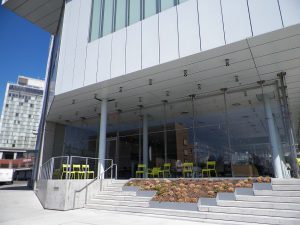
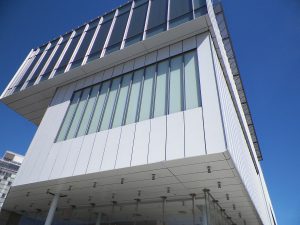
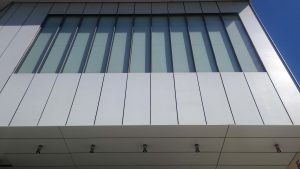
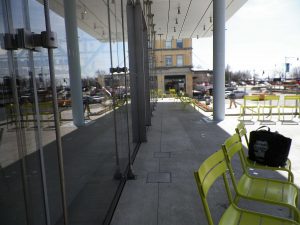
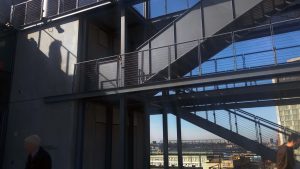
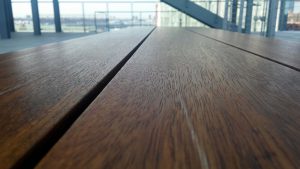
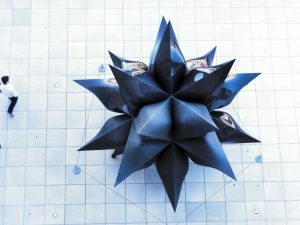



as always, super photos!
what’s the middle one, below the stairs and above the sculpture?
Thanks! It was a photograph taken off of one of the outside benches. The benches seemed so reminiscent to those of Breuer; I felt like it was a slight nod to the predecessor.